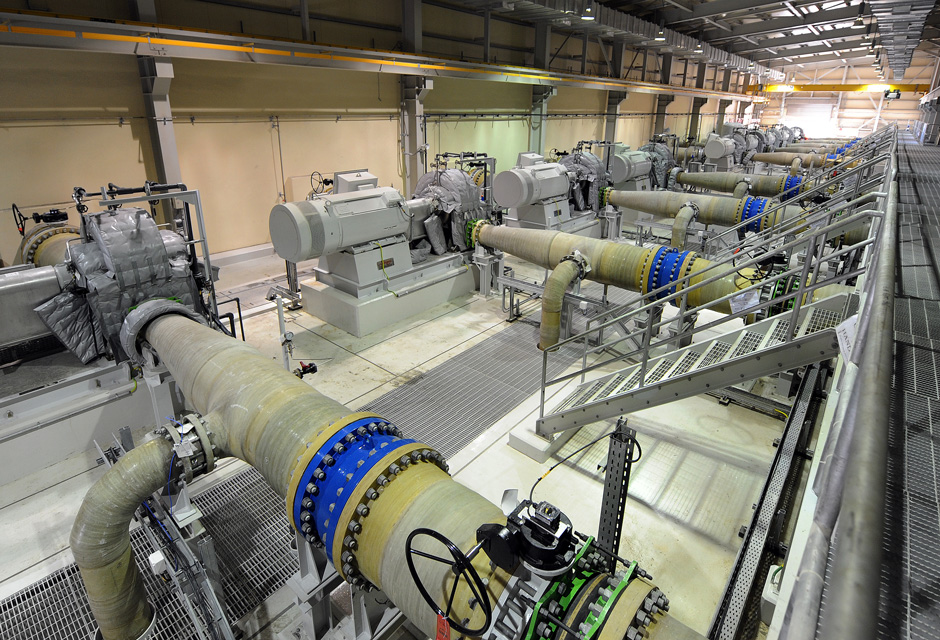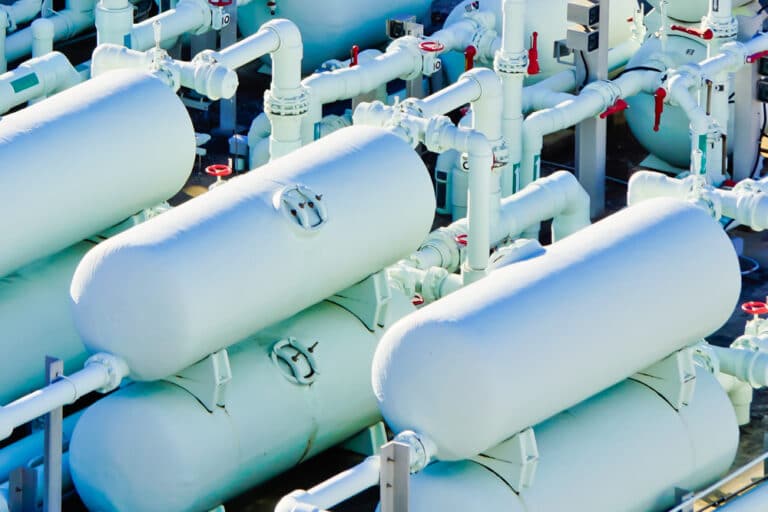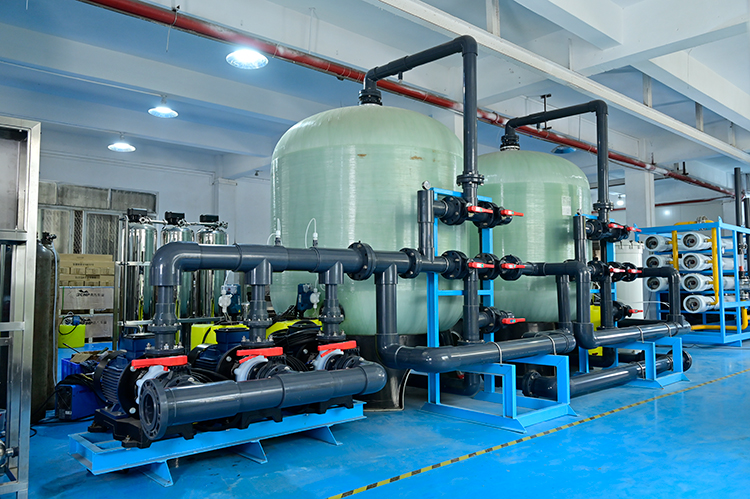- Commercial Reverse Osmosis Water Treatment Systems
- Industrial Reverse Osmosis Water Treatment Systems
- Ultrafiltration UF Water Treatment Systems
- Ion Exchange Water Treatment System
- Containerized Water Treatment Systems
- Customized Water Treatment System
- Bottle Water Filling Line
- Water Mechanical Micron Filters
- Stainless Steel Water Treatment Equipments
- Water Treatment Parts
- Water Sterilization
What are two reasons why sea water desalination is not widely used?
Sea water desalination technology is considered a potential solution to solve the problem of fresh water resource shortage, but it faces some challenges in practical application, mainly for two reasons:
1. High energy demand: The most important technology in the seawater desalination process is reverse osmosis (RO) technology, which requires a large amount of energy to drive a high-pressure pump to filter seawater through a semipermeable membrane. This means that the seawater desalination plant requires a large amount of electricity or other forms of energy supply, which limits its widespread application to a certain extent. High energy consumption also leads to high cost of seawater desalination, which makes the price of seawater desalination water relatively high and difficult to compete with traditional freshwater resources.
2. The technology is expensive: seawater desalination technology itself is highly complex and requires advanced equipment and processes. In addition to high energy requirements, sea water desalination plants also need to invest a lot of money to purchase and maintain equipment such as reverse osmosis membranes and high-pressure pumps, as well as perform regular maintenance and updates. These technology costs can be a huge burden for many regions and countries, especially those with relatively weak economies.

What possible solutions are there to reduce the cost of seawater desalination?
In order to make seawater desalination more popular, reducing costs is a key task. Here are some possible solutions:
First, improve energy efficiency. By introducing new efficient equipment and technologies, the energy consumption of the seawater desalination process can be significantly reduced. For example, new reverse osmosis technology can reduce energy consumption, thereby lowering operating costs.
Second, use renewable energy. Introducing renewable energy sources such as solar energy and wind energy in the sea water desalination process can reduce dependence on traditional energy sources and reduce costs. In addition, utilizing the abundant marine energy resources in offshore areas, such as wave energy and tidal energy, can also provide a source of clean energy for sea water desalination.
Finally, government policy support. By providing economic incentives and policy support, such as tax exemptions and subsidies, the government can encourage companies and institutions to invest in seawater desalination technology and promote the further development of the technology.

What alternatives are there to meet fresh water needs?
In addition to sea water desalination, there are alternatives to meet fresh water needs.
First, rainwater collection and utilization. By implementing rainwater harvesting systems in urban and rural areas, natural rainfall can be effectively harnessed to provide the fresh water needed for households and agriculture.
Secondly, groundwater management. Scientific groundwater management can ensure the sustainable use of groundwater resources. Freshwater supplies can be increased by remediating contaminated water sources and managing groundwater extraction.
Finally, water reuse. Through sewage treatment and regeneration technology, domestic sewage and industrial wastewater can be treated into reusable water resources for agricultural irrigation, industrial production and other purposes, reducing the pressure on natural water sources.

Summarize
Sea water desalination, as a potential solution, still faces high cost and energy consumption issues. However, through technological innovation, the introduction of renewable energy, and government policy support, the cost of seawater desalination is expected to be reduced. At the same time, alternative methods such as rainwater harvesting, groundwater management and water reuse should also receive widespread attention to meet the growing demand for fresh water.




